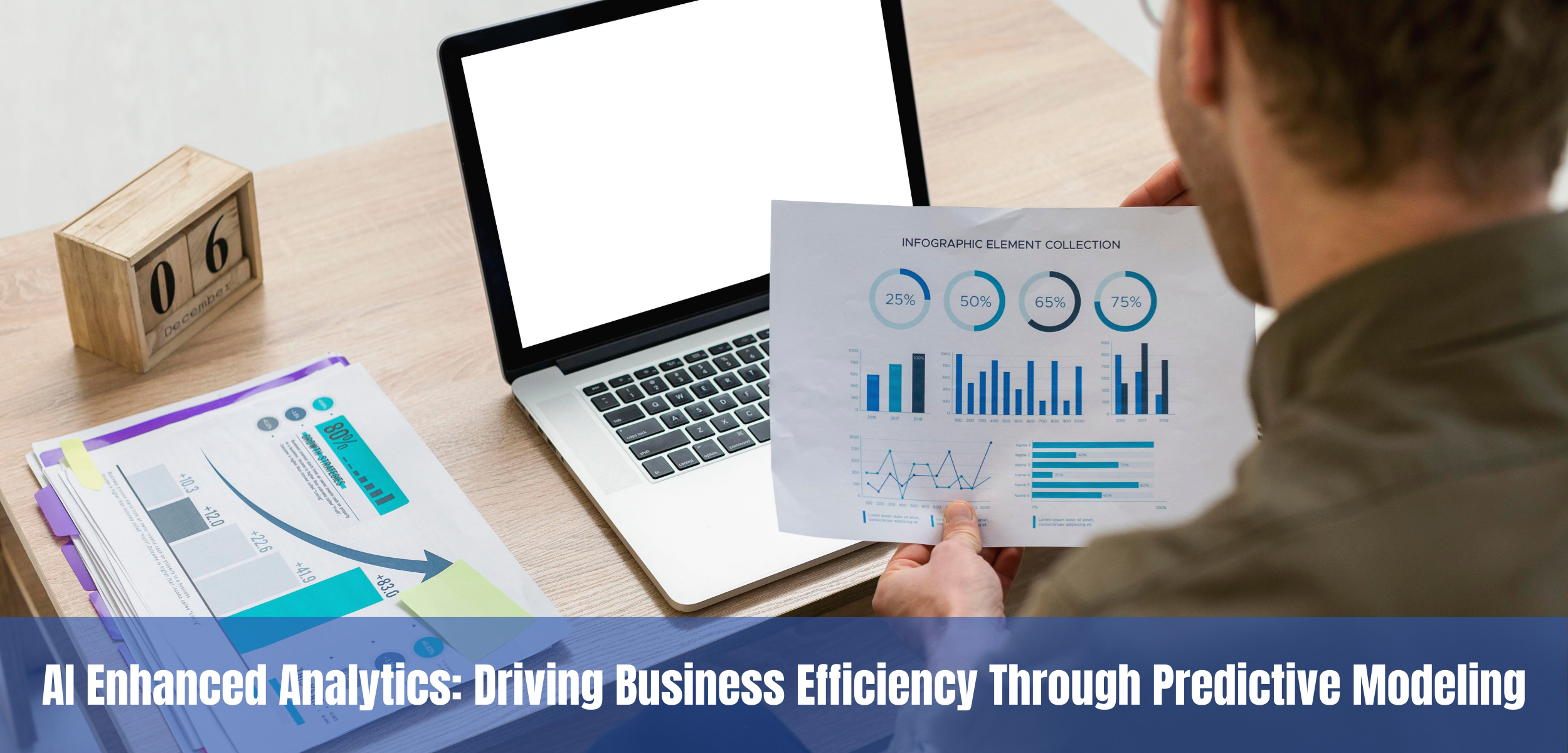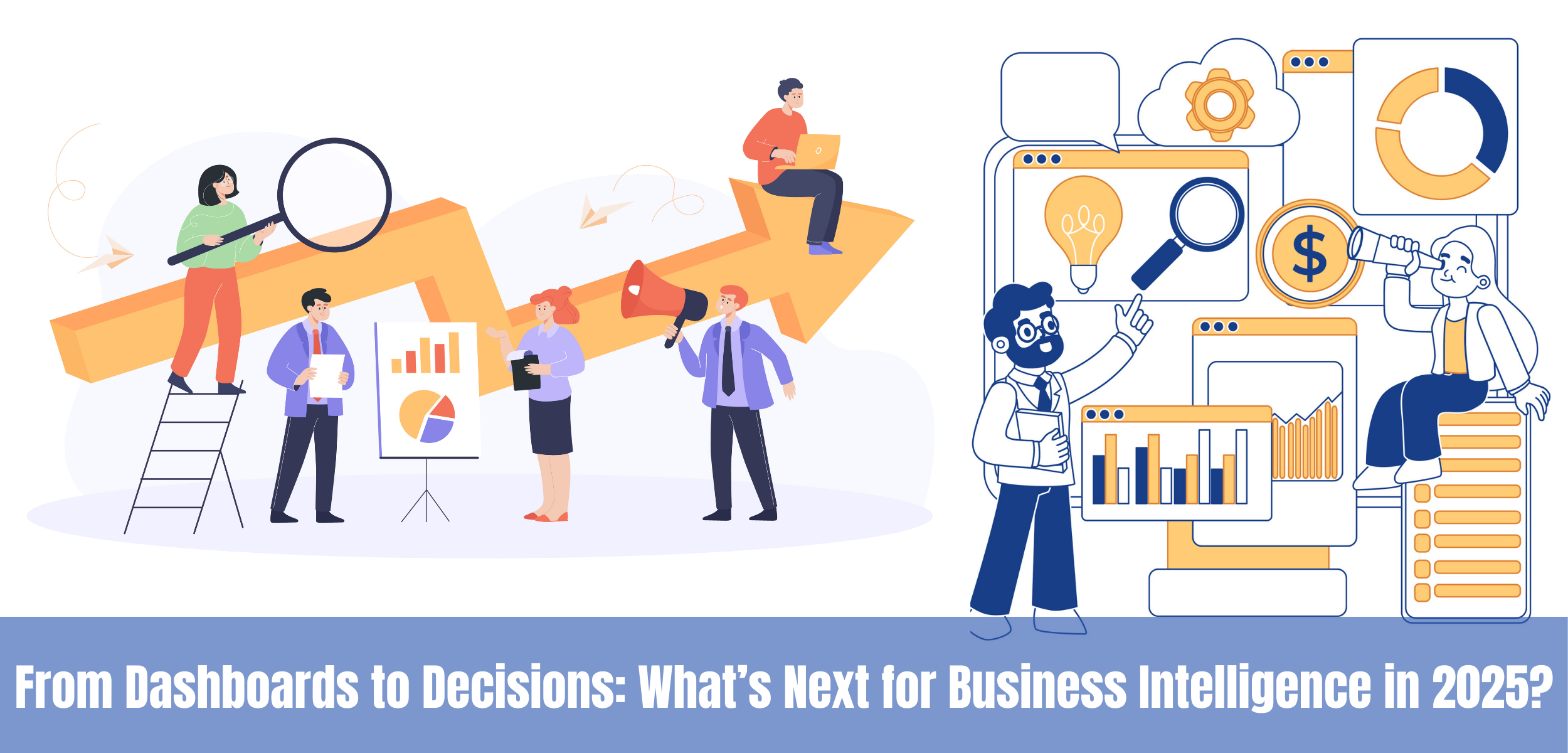For the last decade, being “digital-first” was the benchmark for modern businesses. It meant digitizing operations, adopting cloud, and enhancing customer interfaces. But we’re now at a point where digital tools alone are insufficient. The pace of disruption, the sheer volume of data, and rising customer expectations require more than automation — they demand intelligence.
This shift is not theoretical. AI is no longer a lab experiment or a niche initiative. It's becoming central to how companies operate, adapt, and grow. Enterprises that rethink their foundation — moving from digital to AI-first — are seeing tangible gains in efficiency, insight, and innovation.
The Limitations of Digital-First Strategies
The digital-first wave delivered important progress — cloud adoption, app-based customer experiences, and workflow automation. But its ceiling is clear.
-png.png?width=1080&height=1350&name=Yellow%20and%20Beige%20Minimalist%20Healthy%20Habits%20List%20Instagram%20Post%20(3)-png.png) These challenges reveal a common truth: going digital was never the endgame. It was the foundation.
These challenges reveal a common truth: going digital was never the endgame. It was the foundation.
Defining AI-First Enterprises
An AI-first enterprise goes beyond automating tasks — it integrates intelligence across every layer of the business.
- AI at the Core: AI-first businesses treat machine learning as part of their operating model, not just an IT feature. AI guides decisions — from pricing to logistics to hiring.
- Data as Fuel: These organizations actively collect, clean, and organize data to train models and optimize performance. They understand that AI is only as strong as the data behind it.
- Real-Time Adaptability: AI-first enterprises don’t just react — they anticipate. Predictive models help adjust campaigns, supply chains, and services ahead of time.
- Human-AI Collaboration: The goal isn’t to replace human insight but to enhance it. AI-first organizations empower people with intelligent systems that provide recommendations, forecasts, and warnings — not just data.
The shift to AI-first is not just technological — it’s philosophical. It’s a change in how decisions are made and value is created.
The Strategic Advantages of AI-First Approaches
AI-first enterprises aren’t just catching up — they’re pulling ahead.
- Faster Decision-Making: AI reduces the time from insight to action. Algorithms continuously evaluate new data and recommend next steps faster than traditional analytics pipelines.
- Higher Profit Margins: According to a recent McKinsey report, 63% of respondents reported revenue increases from AI adoption in the business units where AI is used. (Source: McKinsey)
- Better Customer Retention: A latest report by Deloitte highlights how AI-driven hyper-personalization boosts customer satisfaction and fosters brand loyalty, though it does not specify the exact increase in engagement. (Source: Deloitte)
- Operational Agility: Whether it's rerouting shipments or reallocating budget, AI-first models make rapid course corrections possible — a must in volatile environments.
AI-first isn’t just a tech upgrade — it’s a strategic advantage that compounds over time.
Transitioning from Digital-First to AI-First

The move to AI-first doesn’t happen overnight. It requires deliberate, structured change across infrastructure, talent, and governance.
- Start with a Data Audit
-
- Identify where data lives, how it flows, and what’s missing.
- Clean, labeled, accessible data is the backbone of every AI use case.
- Prioritize Use Cases
-
- Not every process needs AI. Focus on areas where AI can unlock measurable value — like demand forecasting, churn prediction, or anomaly detection.
- Build or Buy AI Capability
-
- Consider whether to build internal AI teams or work with external partners. Both have trade-offs.
- Internal builds offer more control, but require long-term investment.
- Set Up AI Governance Early
-
- Define who owns AI models, how they’re evaluated, and how to ensure fairness, security, and compliance.
- Measure What Matters
-
- Move from adoption metrics (number of models deployed) to outcome metrics (cost saved, revenue generated, time reduced).
The most successful transitions are iterative — they learn from pilots and scale intelligently.
The Role of Leadership in AI-First Transformation
AI-first is not a technology project — it’s a leadership priority.
- Vision and Clarity: Executives must clearly articulate why AI matters — not just how it works.
- Cross-Functional Enablement: AI impacts every department. Leaders must break down silos and ensure collaboration between IT, operations, HR, and finance.
- AI Literacy: It's not about turning executives into data scientists, but ensuring they understand the potential, limitations, and risks of AI.
- Budget with Intent: Many AI projects fail due to underinvestment in infrastructure or talent. Leadership must be willing to invest beyond short-term pilots.
When leadership drives the shift, AI-first becomes part of the organization's DNA — not just another tech trend.
Conclusion
The era of digital-first transformation served its purpose — but the world has moved on. Business challenges are more dynamic, customer expectations are higher, and the volume of data is overwhelming. In this new reality, the enterprises that thrive will be the ones that think, learn, and adapt — just like their customers.
AI-first is not just the next wave — it’s the next foundation
To adopt an AI-first approach that is scalable, strategic, and secure, consider partnering with a transformation specialist. Evermethod Inc offers tailored solutions that help enterprises embed AI across their value chain — not just in labs, but where it matters most: in the business.
Let’s start where it counts — with strategy, not just software.
Get the latest!
Get actionable strategies to empower your business and market domination
.png?width=882&height=158&name=882x158%20(1).png)

.png/preview.png?t=1721195409615)

%2013.png)


